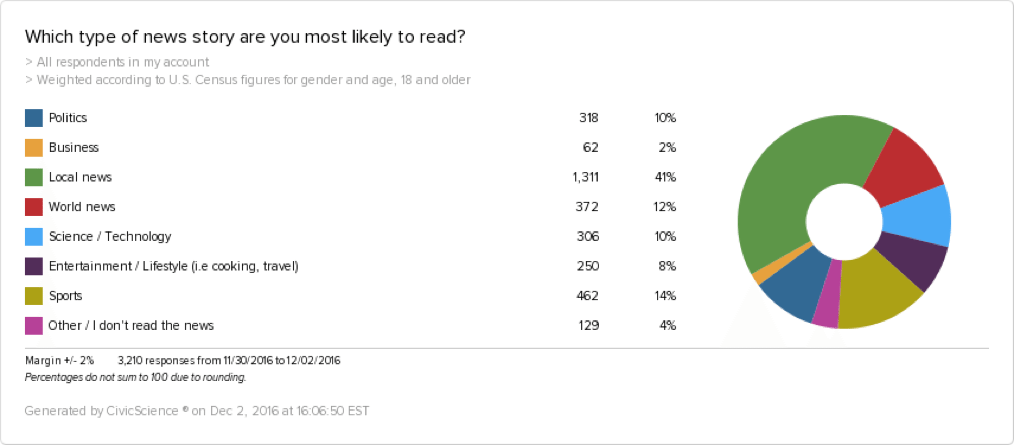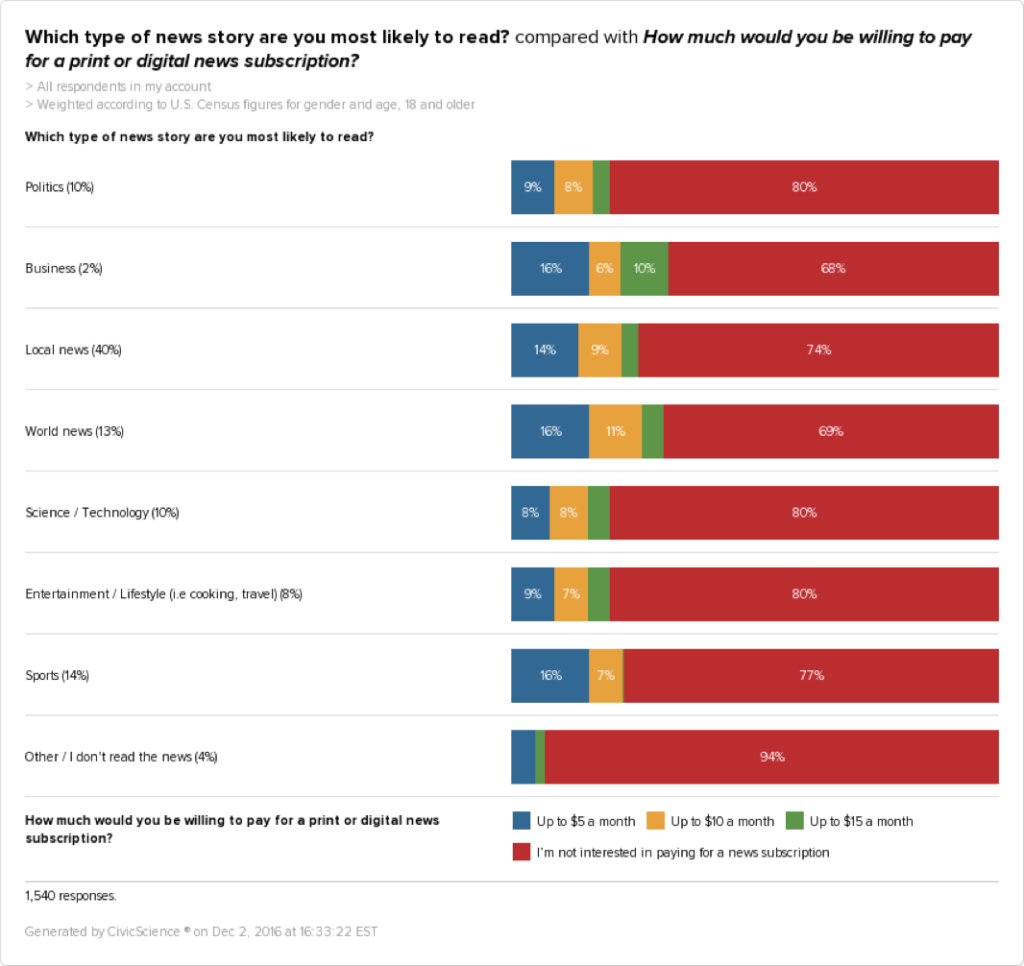Old School Has Value
Ahhhh the good ole days, when you could simply open your print newspaper to the section you wanted in a flash, without annoying load time or ads popping out at you. You could rather quickly turn the page and decide what was important for you to read.
And how about privacy? Remember that? No one was tracking your every “glance” to see what you were reading or how long you were lingering on an article. I rather like my privacy thank you. And how about this … you never had to wonder if the news you were reading were legit or fake. Ok, so I’m a bit nostalgic. Rest assured, I have embraced the digital age.
Where Do We Go from Here?
From everything we are reading (thankfully we still do that), the newspaper industry is nearing extinction…at least the tangible part of it. And with that comes huge losses in revenue from print ads and subscriptions. Oh, and solid journalism … you might remember that too – stories investigated … facts checked (what?!). To survive in a mostly paperless society, newspapers continue to evolve into a digital existence. The question is, “Are people willing to pay for non-tangible news?” With all the fake news fall-out from the Presidential election, perhaps we are realizing that to ensure trustworthy news sources, we must be more willing to pay something for it. If so, what is that price and what are we most interested in reading?
We Asked!
We collected responses from over 3,000 people in about 24 hours about which type of news story they are most likely to read.
Overwhelmingly, Local News was the top pick. This should be music to the ears of local and regional papers. You provide what lots of people desire.
At What Price?
Here’s the rub: people don’t like paying for news. We gave over 2,000 people several options for what they would be willing to pay for a print/digital news subscription. A little more than three quarters of them said they were not interested in a paid subscription. 12% are willing to pay up to $5.00 per month and 8% would spring for up to $10.00. There is a small percentage who would go as high as $15.00 per month.
Who Are These People?
The people who would be willing to pay up to $15 per month are the most likely to be interested in business news. They are also more likely to be over the age of 55.
Those who most prefer to read about World news show the highest percentage of those willing to pay up to $10 per month.
The most popular response for those willing to pay something amongst all the news story categories was up to $5 per month. Makes sense to me … when given the choice, first reaction would be to pay the least.
If digital newspaper publishers are hoping to captivate an audience that’s willing to pay, these news categories can provide an exceptional place to start.
What’s the Catch?
Since the people who responded that they would pay “up to $5 per month” represent the largest percentage of persuadable consumers, here are some other important insights that may help with converting them:
They are more than twice as likely to own or want to own an augmented reality product.
Why not do a monthly giveaway drawing for an augmented reality product to attract new subscribers?
They are twice as likely to actively use Instagram, are more likely to actively use Twitter and spend at least an hour a day on social media. They are also more likely to buy products based on social media influence. This suggests that posting great headlines on social websites or having feature writers post teasers may build interest by suggesting they are missing out on great content by not subscribing. Because they are more likely to follow food and cooking trends and buy locally grown food, focusing on this type of content when writing and posting on social media may be effective.
These folks are charitable. They are more likely to volunteer at least once per month as well as donate to health, educational, cultural and environmental charities. Perhaps a cross-promotion, with a charity during specified months, where a percentage of new subscriptions will be donated, might inspire more subscriptions. This may also encourage social media sharing for added exposure.
While the demand for physical newspapers is dwindling, the demand for “real news,” especially local, is not. This is where the newspaper industry can shine as they are uniquely positioned to cover more local news, and with greater depth. And as we discovered here, there are those who are willing to pay for subscriptions, if the price is right.
More to come on this subject soon …
In the meantime, check out our recent insights into the Breitbart/Kellogg’s feud, the potential downfall of the Kardashians, and more!











